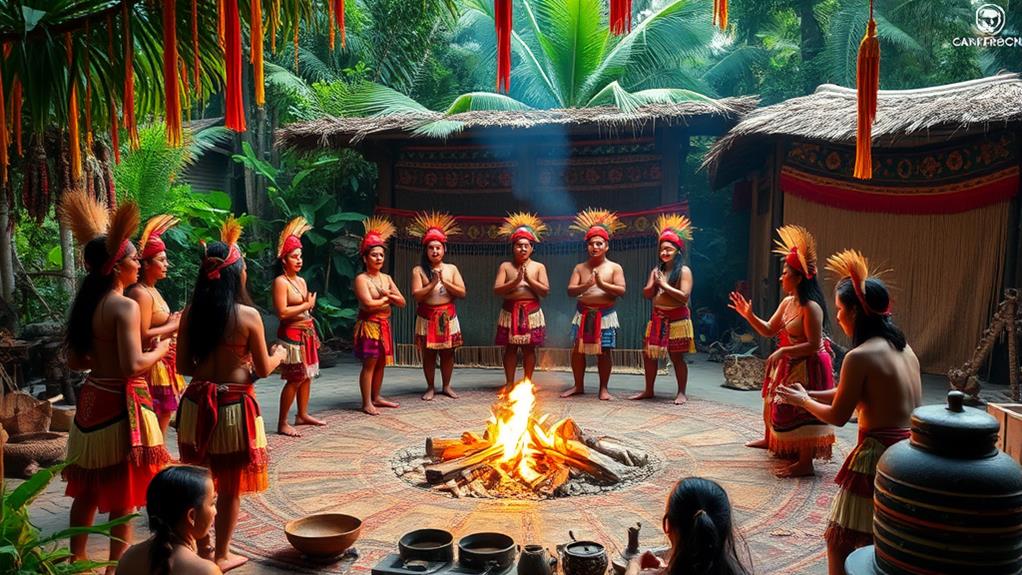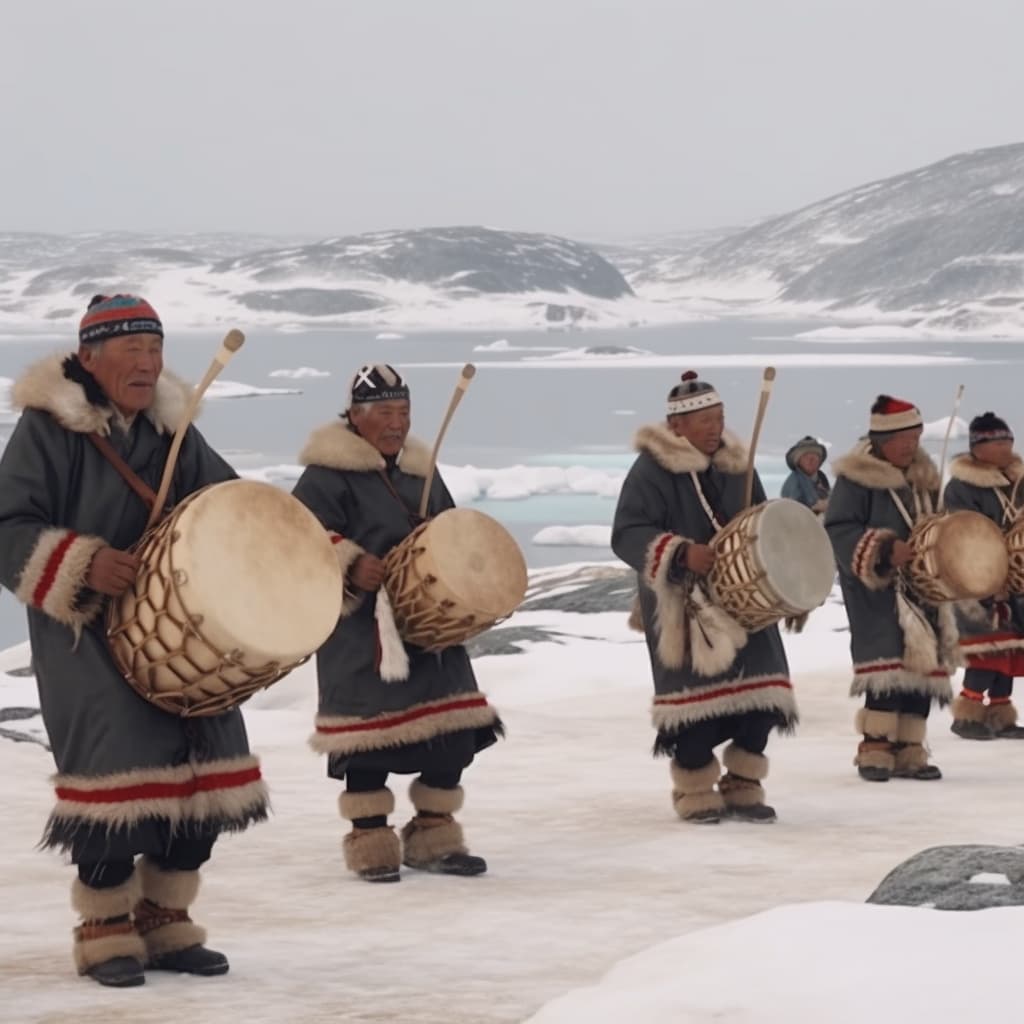
Echoes of Triumph, Whispers of Loss: The Enduring Rituals of Victory and Remembrance
Humanity’s relationship with war is a paradox: a destructive force capable of immense suffering, yet one that has shaped civilizations and forged identities. When the cannons fall silent, and the dust settles, societies invariably turn to two profound, often intertwined, rituals: the celebration of victory and the solemn honoring of those who served and sacrificed. These ceremonies, deeply embedded in our collective psyche, are far more than mere historical footnotes; they are potent acts of cultural affirmation, collective catharsis, and enduring memory, designed to process the unfathomable costs of conflict while reinforcing the values for which it was fought.
From the dawn of recorded history, the victorious return of warriors has been met with fanfare. Ancient Egyptians depicted pharaohs returning from conquests, captives in tow, on temple walls, celebrating divine favor and martial prowess. The Assyrians meticulously carved relief panels showcasing their military might and the subjugation of their enemies, a stark warning and a source of national pride. Yet, perhaps no ancient civilization codified the victory celebration with such elaborate ritual as the Romans.
The Roman Triumph, a spectacle of unparalleled grandeur, was the ultimate aspiration for any victorious general. Granted by the Senate, this sacred procession was a carefully orchestrated display of power, wealth, and divine blessing. The triumphator, painted red like Jupiter, rode in a gilded chariot, preceded by senators, musicians, and the spoils of war – captured treasures, exotic animals, and often, high-ranking prisoners. His legionaries, crowned with laurel, marched behind him, shouting "Io Triumphe!" and often crude jests at their commander, a license granted by the day’s extraordinary circumstances.
A fascinating, and chilling, aspect of the Roman Triumph was the presence of a slave standing behind the general in the chariot, holding a laurel wreath over his head. This slave’s role was to whisper "Respice post te. Hominem te esse memento," ("Look behind you. Remember that you are but a man.") – a powerful reminder that even at the pinnacle of human glory, hubris must be checked, and mortality awaits. This subtle inclusion underscored the transient nature of even the most magnificent triumph, foreshadowing the later solemnity that would come to characterize war remembrance. The triumph culminated in sacrifices to Jupiter Optimus Maximus on the Capitoline Hill, solidifying the connection between military success and divine will.
As empires waned and new nations rose, the specific forms of victory celebration evolved, but their underlying purpose endured: to unify the populace, legitimize leadership, and instill a sense of shared purpose and pride. The grand parades that marked the end of World War I and World War II are prime examples. On V-E Day (Victory in Europe Day), May 8, 1945, and V-J Day (Victory over Japan Day), August 15, 1945, cities across the Allied nations erupted in spontaneous celebrations. London’s Piccadilly Circus, New York’s Times Square, and Paris’s Champs-Élysées became stages for unbridled joy, dancing, and collective relief. Later, more formal parades, such as the Victory Parade in London in June 1946 or the Moscow Victory Parade, showcased organized military might, a testament to the colossal effort and sacrifice that had secured peace. These were not just parties; they were crucial psychological releases for populations exhausted by years of total war, a collective declaration that the nightmare was over.

Yet, even amidst the jubilation, the shadow of loss loomed large. The scale of casualties in the World Wars, in particular, necessitated a shift in how societies grappled with the aftermath of conflict. The emphasis began to move from purely celebrating victory to profoundly honoring the fallen. This gave rise to the widespread adoption of War Honoring Ceremonies and the establishment of enduring symbols of remembrance.
The Tomb of the Unknown Soldier concept, born out of the horrific anonymity of World War I, became a universal symbol of collective grief and gratitude. France and Britain were among the first to inter an unidentified soldier in 1920, beneath the Arc de Triomphe and in Westminster Abbey, respectively. These tombs represent all those who died without identification, their sacrifice echoing through generations. The perpetual vigil maintained by honor guards, the ceremonial laying of wreaths, and the respectful silence of visitors underscore the profound reverence these sites command. They are not merely memorials; they are active spaces of national mourning and remembrance, drawing millions annually to reflect on the cost of freedom.
In the United States, the Vietnam Veterans Memorial stands as a powerful testament to a new approach to remembrance. Designed by Maya Lin, its stark, V-shaped black granite walls, inscribed with the names of over 58,000 fallen or missing service members, offer a deeply personal and contemplative experience. Unlike traditional heroic statues, "The Wall" focuses on individual loss, reflecting the viewer’s image alongside the names, creating an intimate connection between past and present. Its design, initially controversial, became universally embraced for its raw emotional power, allowing a divided nation to grieve and begin healing from a deeply unpopular war. It served as a crucial step in acknowledging the sacrifices of a generation of veterans who had often been met with indifference or hostility upon their return.
The annual rituals of Remembrance Day (Commonwealth nations) and Veterans Day (United States) further exemplify the enduring need for formal remembrance. On the eleventh hour of the eleventh day of the eleventh month, the moment the armistice was signed ending World War I, two minutes of silence are observed in many countries. This solemn pause, often accompanied by the wearing of red poppies – symbolizing the blood shed on the battlefields of Flanders – is a collective act of memory, a moment to reflect on the sacrifices of all service members in all conflicts. These ceremonies often feature parades of veterans, speeches from dignitaries, and the laying of wreaths at war memorials, reinforcing the bond between those who served and the nation they protected.
These rituals, both triumphant and somber, serve several crucial psychological and sociological functions. They provide catharsis, allowing societies to collectively process grief, trauma, and the complex emotions associated with war. They reinforce national identity and cohesion, reminding citizens of shared sacrifices and the values they are meant to uphold. They serve as educational tools, passing down the stories of courage, resilience, and the devastating consequences of conflict to future generations. Moreover, they offer validation to veterans and their families, acknowledging their service and the profound impact of their experiences.
However, the line between celebrating victory and glorifying war can sometimes blur. Critics argue that overly triumphant celebrations can sanitize the brutal realities of conflict, fostering a jingoistic nationalism that might pave the way for future aggression. The challenge for any society is to balance the justifiable pride in overcoming existential threats with a sober understanding of war’s inherent tragedy. The "memento mori" whispered to the Roman general remains relevant: even in victory, we must remember our humanity and the immense cost.
In conclusion, victory celebration rituals and war honoring ceremonies are fundamental pillars of human society’s response to armed conflict. From ancient Roman Triumphs to modern-day memorials and remembrance services, they represent a continuous thread in our cultural tapestry. They are the mechanisms through which we grapple with the paradox of war – celebrating the courage and resolve that secured peace, while simultaneously mourning the profound and irreversible losses incurred. These rituals are not static; they evolve with our understanding of war and its aftermath. Yet, their core purpose remains immutable: to remember, to honor, to heal, and ultimately, to learn from the echoes of triumph and the whispers of loss, in the enduring hope that future generations might know fewer wars and more enduring peace.
